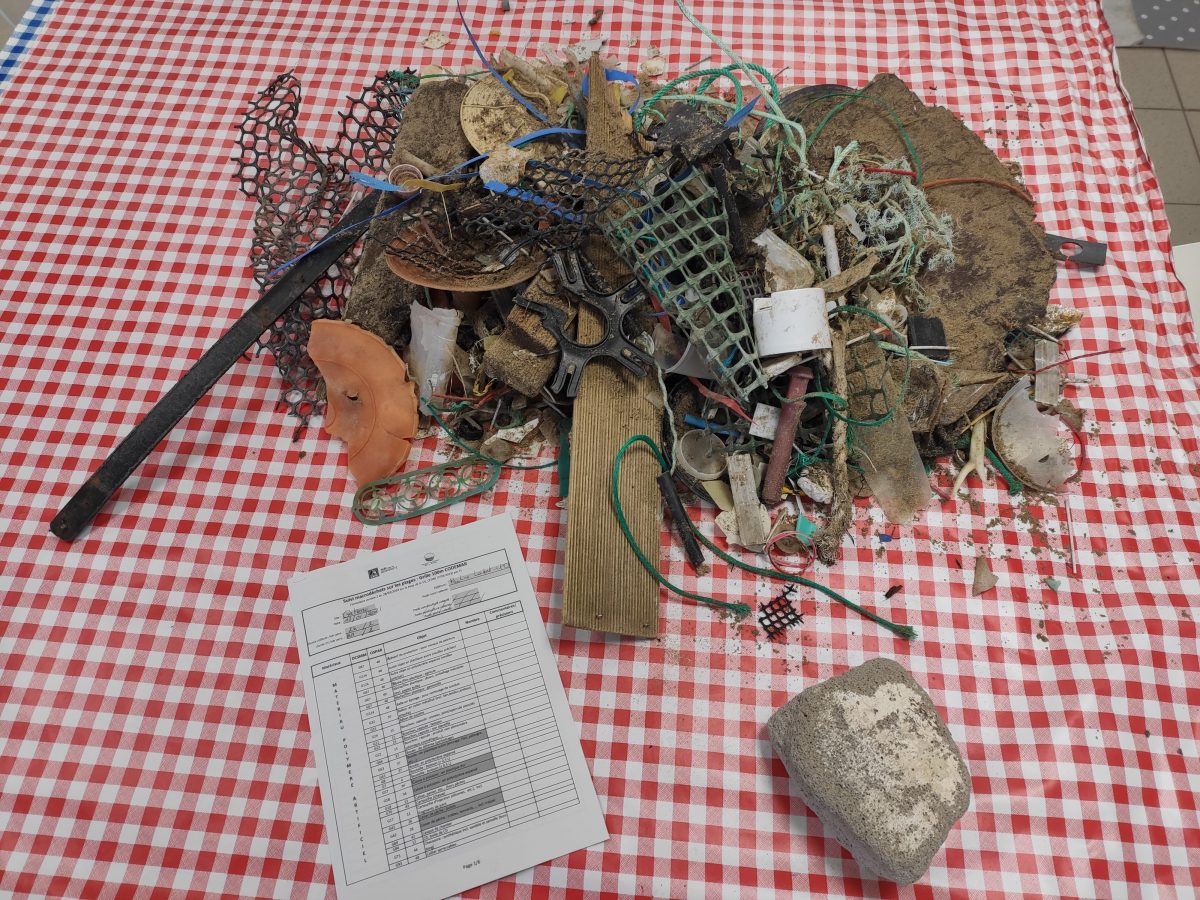 © Chloé Mimmas
© Chloé Mimmas
Faced with this tidal wave, many initiatives are being organized. During the summer months, many local authorities carry out mechanized clean-ups of their coastlines.
In addition to their curative role, these waste collections are above all a means of monitoring coastal plastic pollution, as they enable us to characterize the waste collected on the beaches. The data collected is used by the European Union to better target the sources and origins of plastic.
However, these clean-ups and waste collections can have a negative impact on biodiversity. This is particularly the case for the Red-necked Plover, a shorebird that breeds from mid-March to mid-July. Its eggs are almost invisible, and many of them are trampled underfoot during beach gatherings. The dunes are also heavily impacted and eroded by human activity, with serious consequences for all beach ecosystems.
Translated with www.DeepL.com/Translator (free version)
To preserve biodiversity while combating plastic pollution, LIFE SeaBiL has produced a guide for organizers of waste collection and beach clean-ups. The guide will be used in training courses for organizers and managers of protected areas.
Waste collections that take account of beach biodiversity will also be organized using the LIFE SeaBiL tools (guide and map). These will enable good practices to be passed on to various associations, and will aim to preserve the biodiversity of our coastlines.